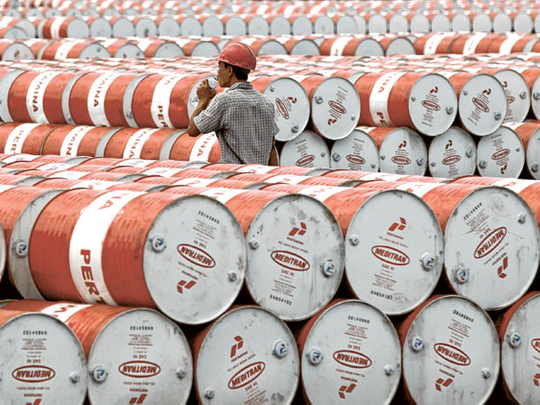Global demand for voluntary carbon credits to offset carbon emissions has grown sharply since the start of the pandemic, as the need to pursue aggressive decarbonization has become ever more urgent.
Voluntary carbon credit markets, which have been around since the Kyoto Protocol days, are one of the ways that commodities markets have looked to manage and offset the greenhouse gas emissions.
Growth of this market is likely in the Middle East as well, where key initiatives have already been kick-started.
This is where the carbon intensity of the upstream production process can become an attribute of the crude itself, almost like the density of the barrel, or its sulfur content.
Kirkuk’s flared gas estimate increased 58 per cent on the month when looking at September, according to Platts Analytics.
Oilfields with higher flaring or venting rates tend to fall on the higher end of the upstream carbon intensity range, as carbon dioxide and methane negatively impact that field’s emission footprint.
